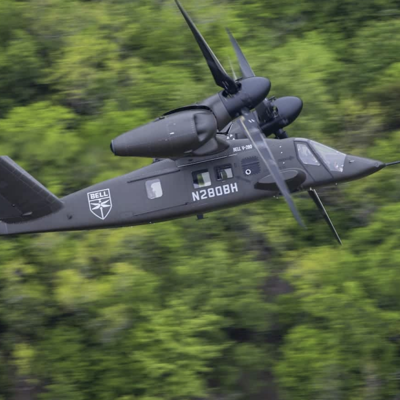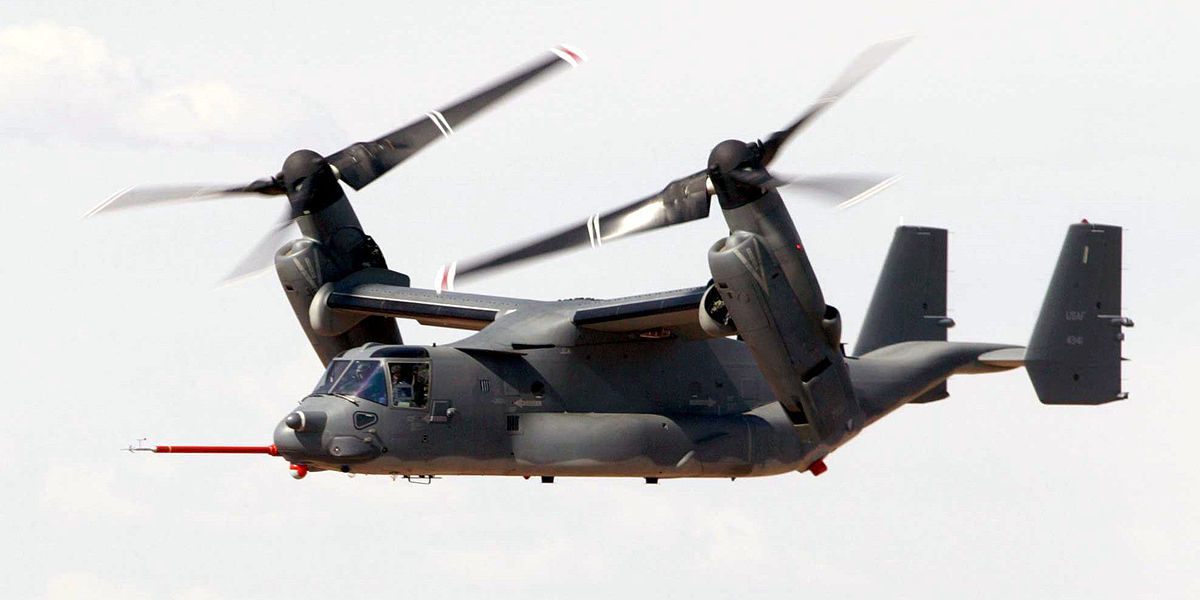I am a pilot, but I haven't flown the Osprey, I was involved in some of the shipboard test and development in that phase as support staff. The test pilots told me it was very easy to fly, and when things got squirrelly on you, you always defaulted to rotating nacelles forward to (I think it was) 25° and it always stabilized and got into the good power part of the power curve.
I was involved the CH-53K training, and standing up the new transition training for that new aircraft, and we frequently visited and touched base with the V-22 training facilities and squadrons to learn from them the challenges of transitioning to a new aircraft. The V-22 training was hardly lacking and was quite thorough.
Our biggest challenges in training today seems to be the cultural shifts, modern convenience and basic education, we are finding new young pilots and maintainers very ill prepared to learn aviation compared to the generations before them. They simple do not have the basic science and mechanical knowledge that generations before them did, they don't have the life experience of the generations before them. An entire class of Pilots and not a single one had ever changed oil in a car before, nor did a single person know that you turn a nut counter clockwise to loosen it and clockwise to tighten it. Even those about to train to be maintainers had folks admitting the had never picked up a wrench in their entire young lives.
Since becoming operational, there has been more than a few accidents attributable to human error, and there is arguably always a link between human error and training. So I can see how someone might take that attitude and make that statement. Perhaps AFSOC might have a training issues, I have not heard that with the Marine side, but again I'm not close. But human error is not always because of training, there is lack of judgement, there is being overwhelmed by events, etc... Human error is always going to be the biggest factor in mishaps, especially in something like aviation, that systematically eliminates possible causes, they can develop better maintenance procedures, they can engineer more reliable systems and equipment, but when you have a man having to react in seconds, he will always be the weakest link.
Again, I am not close to the Osprey program, not for decades, but I am not hearing anywhere at NAVAIR that training is behind the crashes of the Osprey.
#2 - Fly-by-wire is just the control system with programming. VRS is not just corrected with software. The pilot is still part of the system and needs to know what flight conditions can be exceeded to enter a VRS zone.
VRS can be very unpredictable, all helicopter pilots get training on it, the difference with the Osprey is one rotor can enter VRS before the other and flip the aircraft over, to put it into an unrecoverable situation. So yes all helicopter pilots and Osprey pilots get this training. I don't see how its related to the claim that the Osprey crashes are the result of gaps in training? Especially VRS training since none of the subsequent crashes were due to vortex ring state.
Fly by Wire(FBW) is a control system with programming utilizing Control Laws and conditional based control laws. With a good understanding of phenomenon and the conditions, control laws can be written to avoid the entry into certain phenomenon like vortex ring state.
The computer flies the airplane, the pilot is just telling the computer what he wants the airplane to do. So this has the advantage of actually being able to control the aircraft better especially for conditional based things like entering into vortex ring state and react to and prevent it, before the pilot can even notice it.
I spoke with the test pilots that did the testing after the Vortex Ring State rollover during the operational test phase. They tested it, gathered data and fully understood the phenomenon and then changed the control laws of the FBW and were able to reduce it to the point of nearly eliminating it, and especially eliminate one rotor entering before the other, to cause the rollover.
I actually witnessed the one rotor out of ground effect and the other in ground effect during shipboard testing of the Osprey, combined with vortex like turbulence that runs down the deck edge of the Amphibious assault ship, the pilots literally ran out of lateral cyclic authority and were continuing a drift toward the island. This actually had the contributing factor of the FBW control laws reacting the wrong way. The issue was resolved by changing the FBW control laws.
Tilt rotors have to be FBW cause of the couplings and control changes that happen between helicopter and airplane modes. Actual mechanical links would be hopelessly complex.





